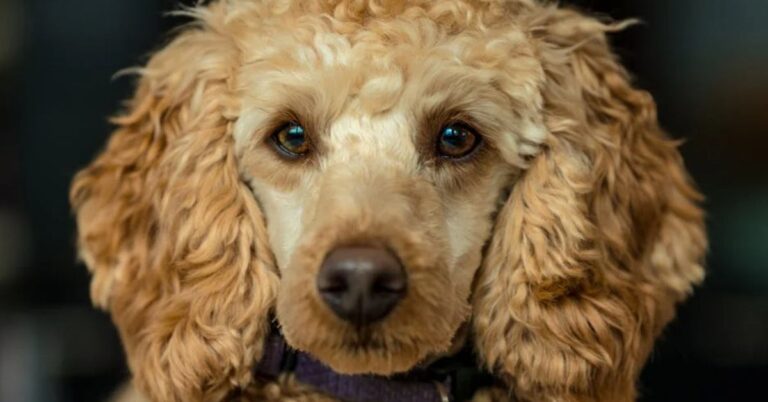10 Hardy Nordic Dog Breeds With Incredible History

Think all Nordic dogs are just fluffy snow-lovers? Think again. Across the region, some breeds are practically superheroes in disguise—tracking moose, herding through tundra, or outsmarting terrain like it’s a game. These under-the-radar dogs have serious history—and even more personality packed into every paw.
Black Norwegian Elkhound
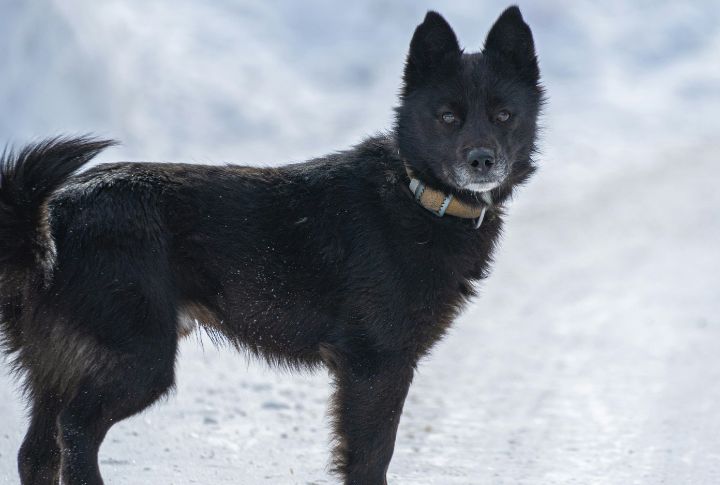
This breed is a darker variation of the traditional Norwegian Elkhound Grey, which is known for barking loudly during hunts to alert its handler. However, as they are bred for situations requiring silence, the black Norwegian Elkhound excels at tracking large animals like moose without giving away its position.
Hygen Hound
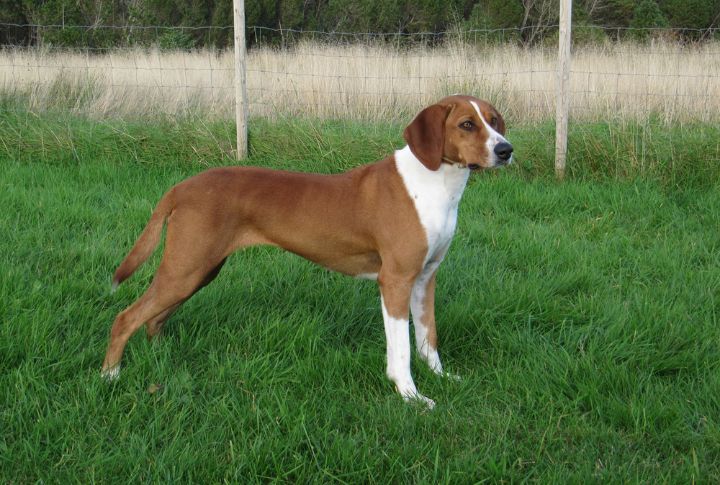
Few breeds combine stamina and precision like the Hygen Hound, a medium-sized tracker whose body is conditioned to survive harsh surfaces. Its role in 19th-century Norway focused on long-distance pursuits through cold and hard areas. Even with these qualities, its small population has kept it largely unknown outside its native region.
Halden Hound

Influenced by agility and control, Halden adjusts its pace to match the movement of hares without rushing the chase. That self-reliant focus allows it to thrive across uneven ground and dense cover, all while staying quiet and patient even in challenging terrains.
Smalandsstovare
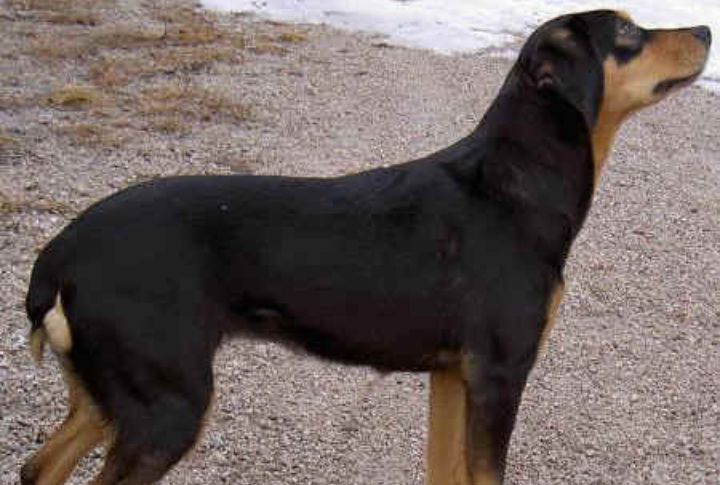
Alongside sharp spotting skills, the Smalandsstovare also serves confidently as a guardian of the farmland. Fun fact: No Swedish Hound has a tail as short as that of Smalandsstovare. Interestingly, a tail that looks like a natural disability actually reduces the dog’s chance of injury in underbrush areas and tighter spaces.
Dunker

Also known as “the Norwegian Hound,” the Dunker is a calm and cooperative dog that was bred in the 1800s for reliable odor tracking across difficult regions. Breeders crossed native farm and hunting dogs with Russian Harlequin Hounds to carefully sharpen detection ability and reinforce endurance in the field.
Danish Spitz
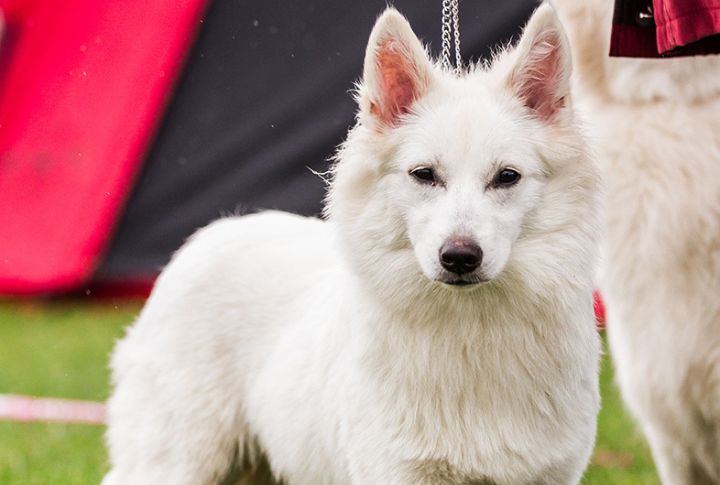
This breed nearly went extinct in the 20th century; however, thanks to some dedicated breeders, it was revived. Known for their quick learning and playful, curious nature, the Danish Spitz is an excellent family dog. They are also reliable watchdogs as they are naturally alert and vocal.
Karelian Bear Dog
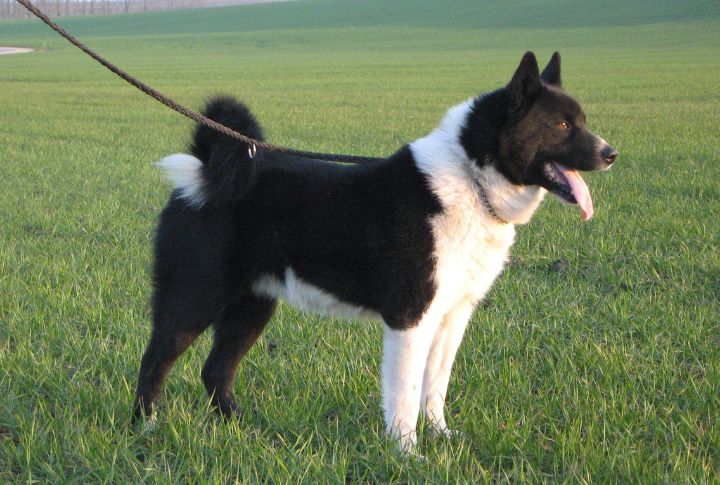
The Karelian Bear Dog originated in Finland, where it was developed to spot and confront large animals, such as bears or moose, without hesitation. Known for their strength and concentration, they perform tasks very effectively. In the United States, they are mostly used for programs that manage bear activity.
Norwegian Lundehund
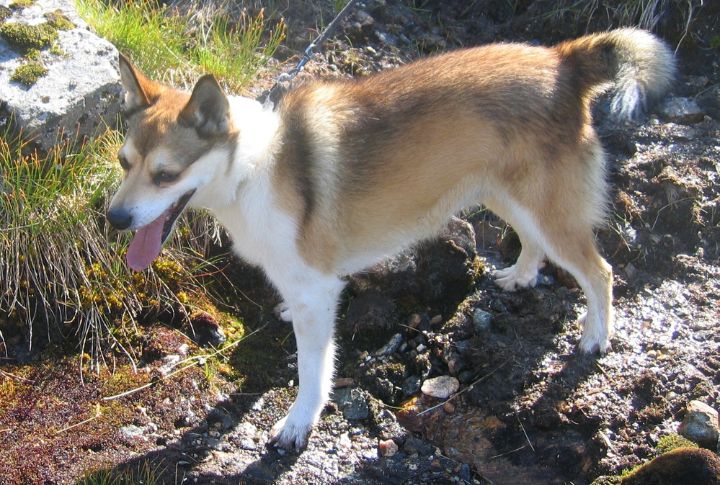
Originally developed for moving across narrow paths, this agile climber covers distance with precision. With extra toes and flexible joints, it moves freely on jagged ground and turns with stamina in confined bends. To handle debris, its ear muscles close canals during movement through enclosed or rocky passages.
Icelandic Sheepdog
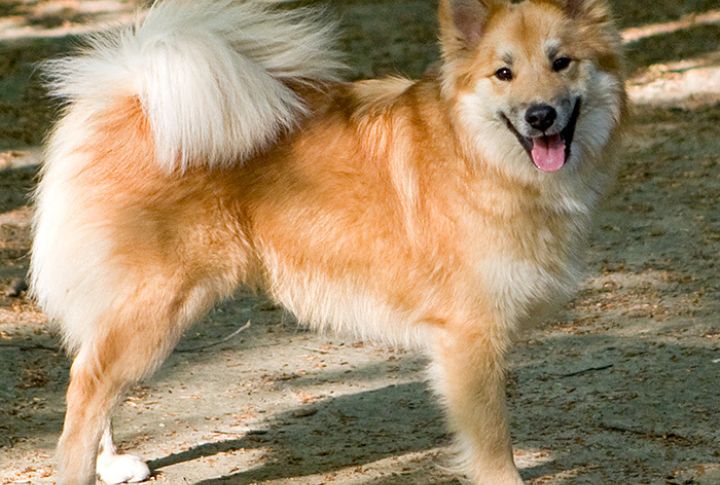
Long before roads defined the land, these dogs carved their own across hills and valleys. Icelandic Sheepdog spent over 1,000 years guiding and guarding livestock through unstable places. Still involved in rural life, it stands as a living thread in Iceland’s agricultural and cultural heritage.
Lapponian Herder
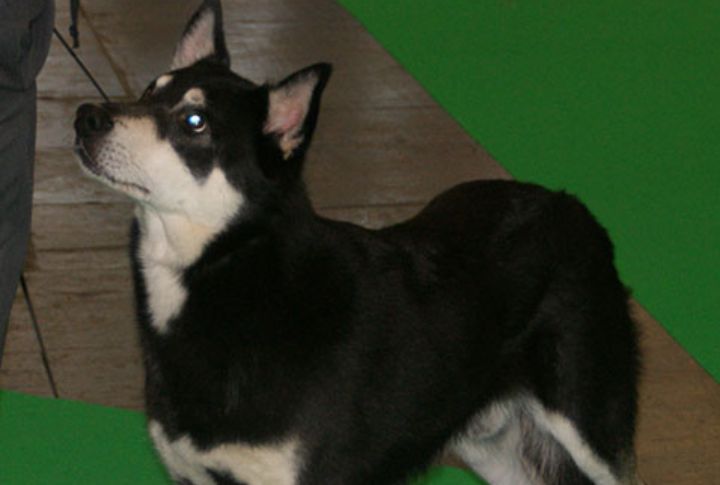
You won’t see them barking orders or chasing stragglers. Instead, they glide through the herd like shadows and monitor every slight movement or turn. Distance? Doesn’t exist to them. They’re part of the environment, not working against it or fighting it, but flowing with it.



